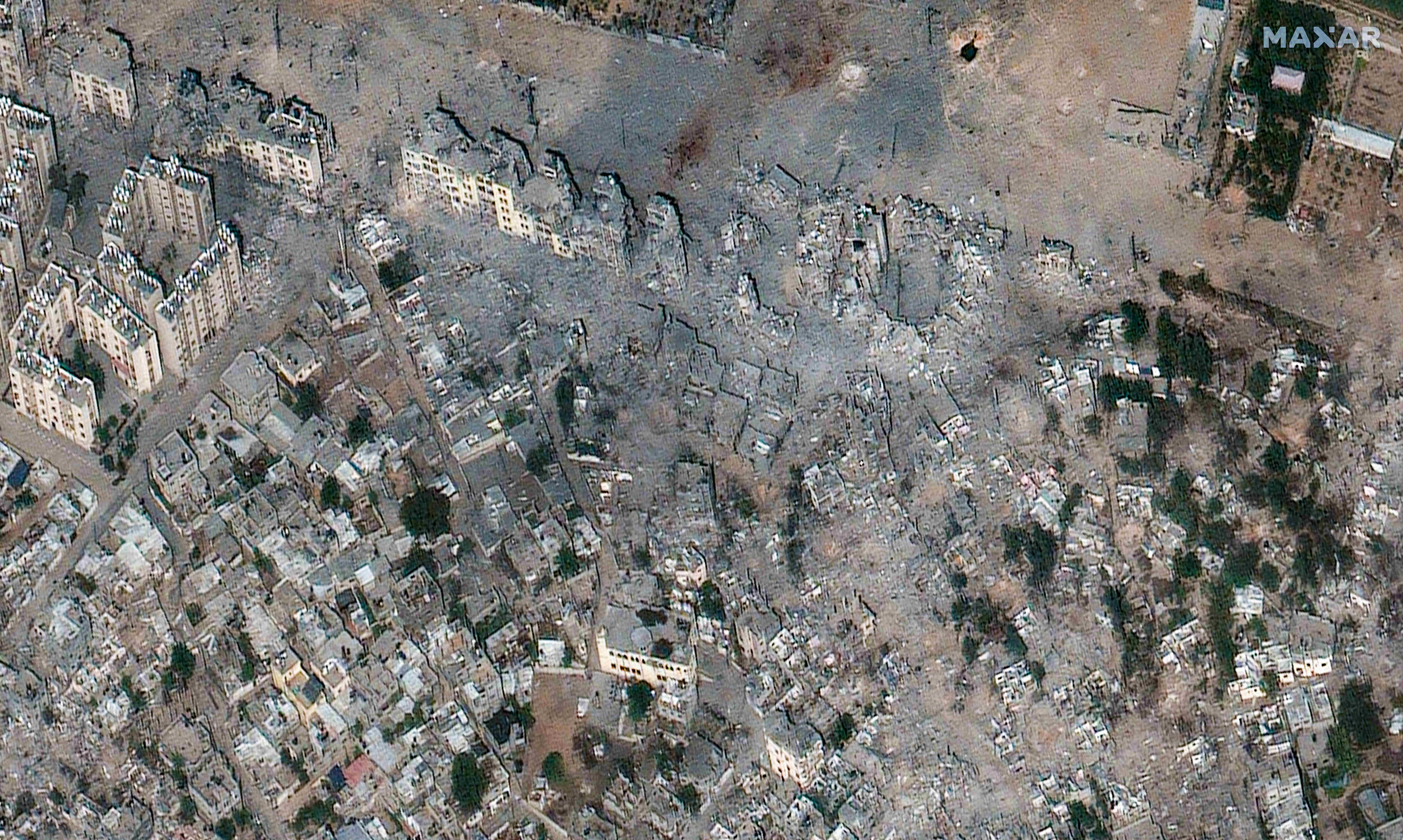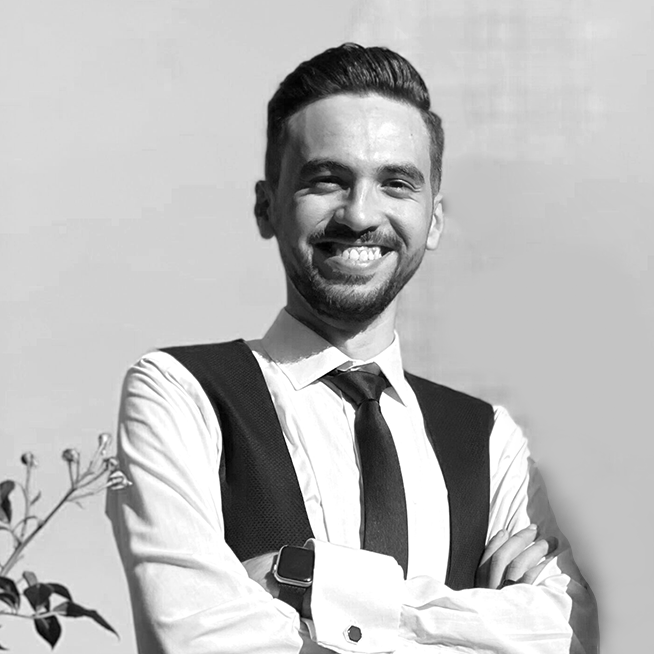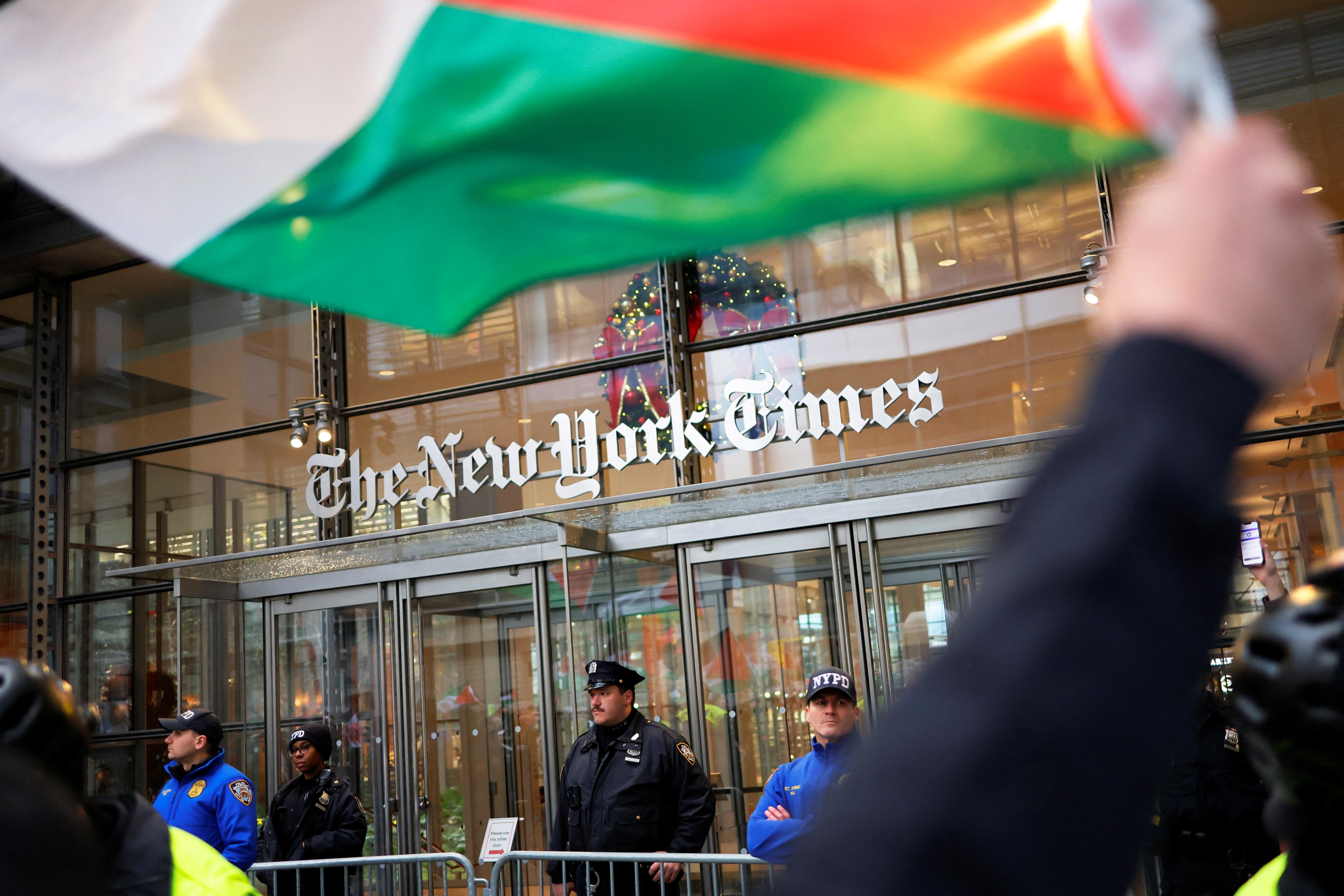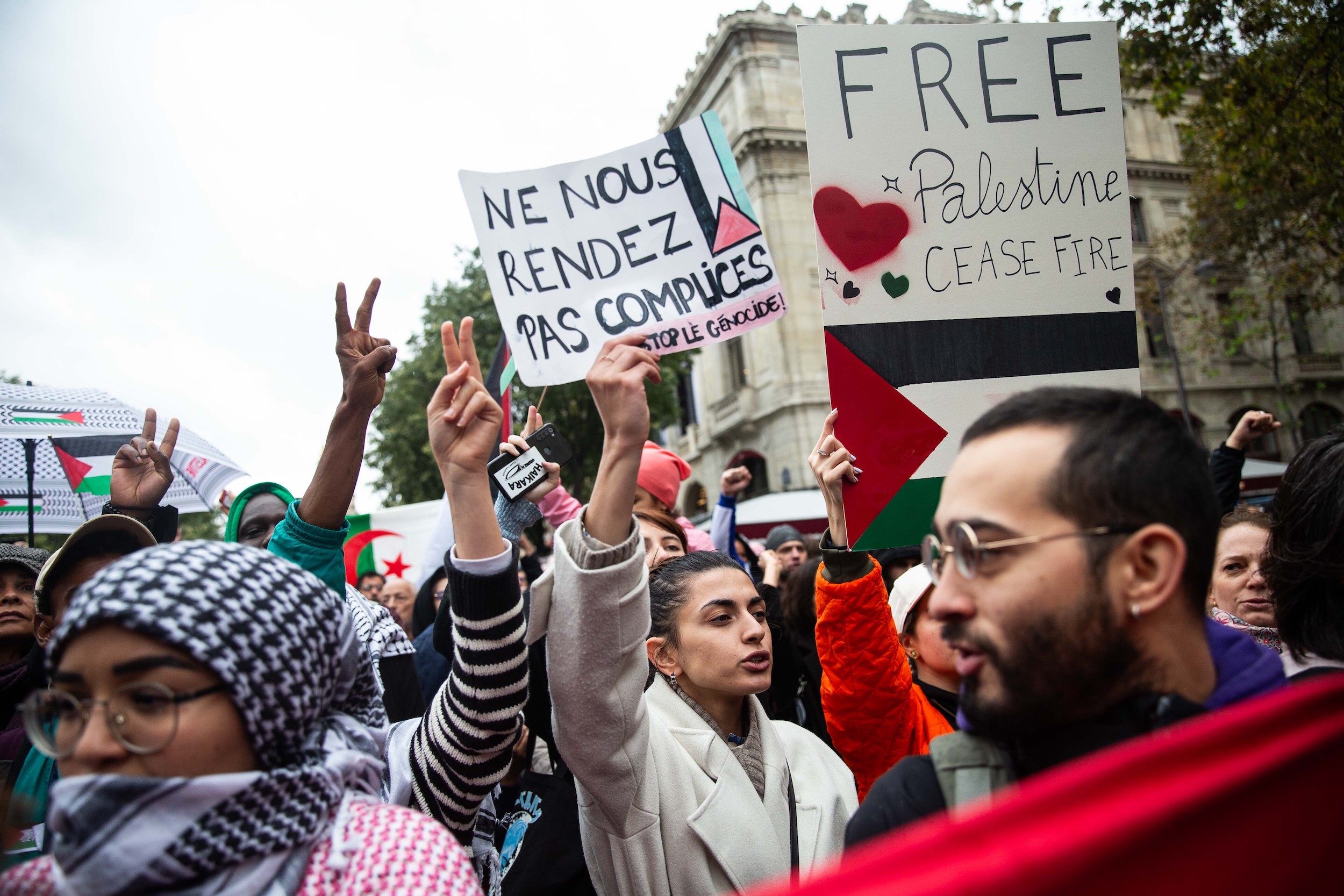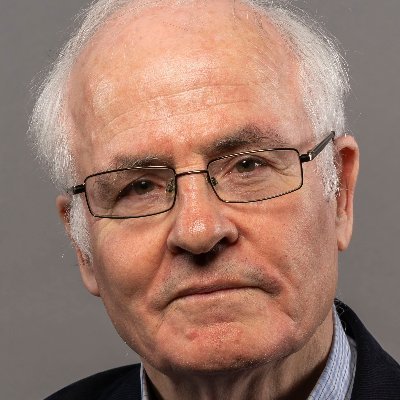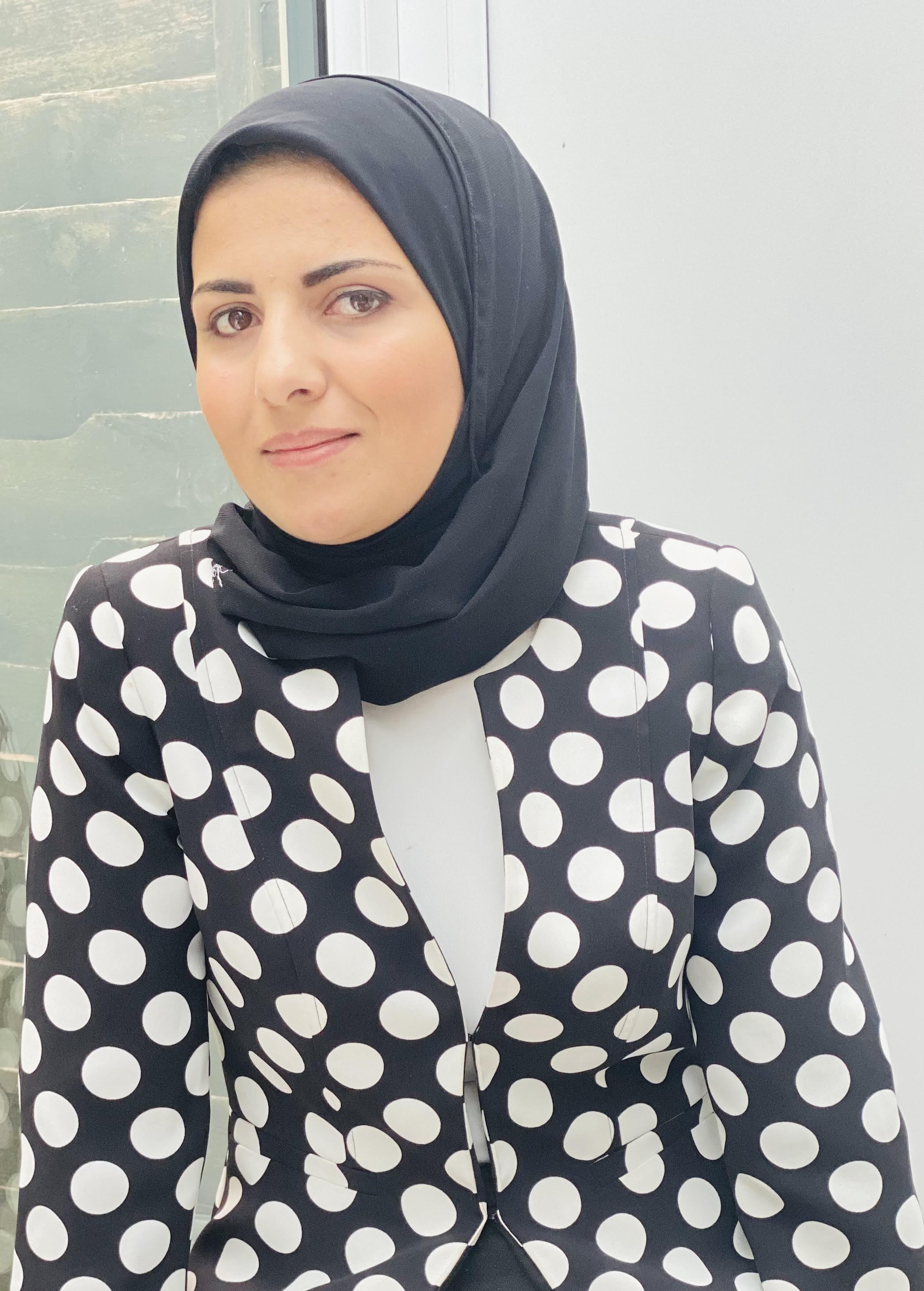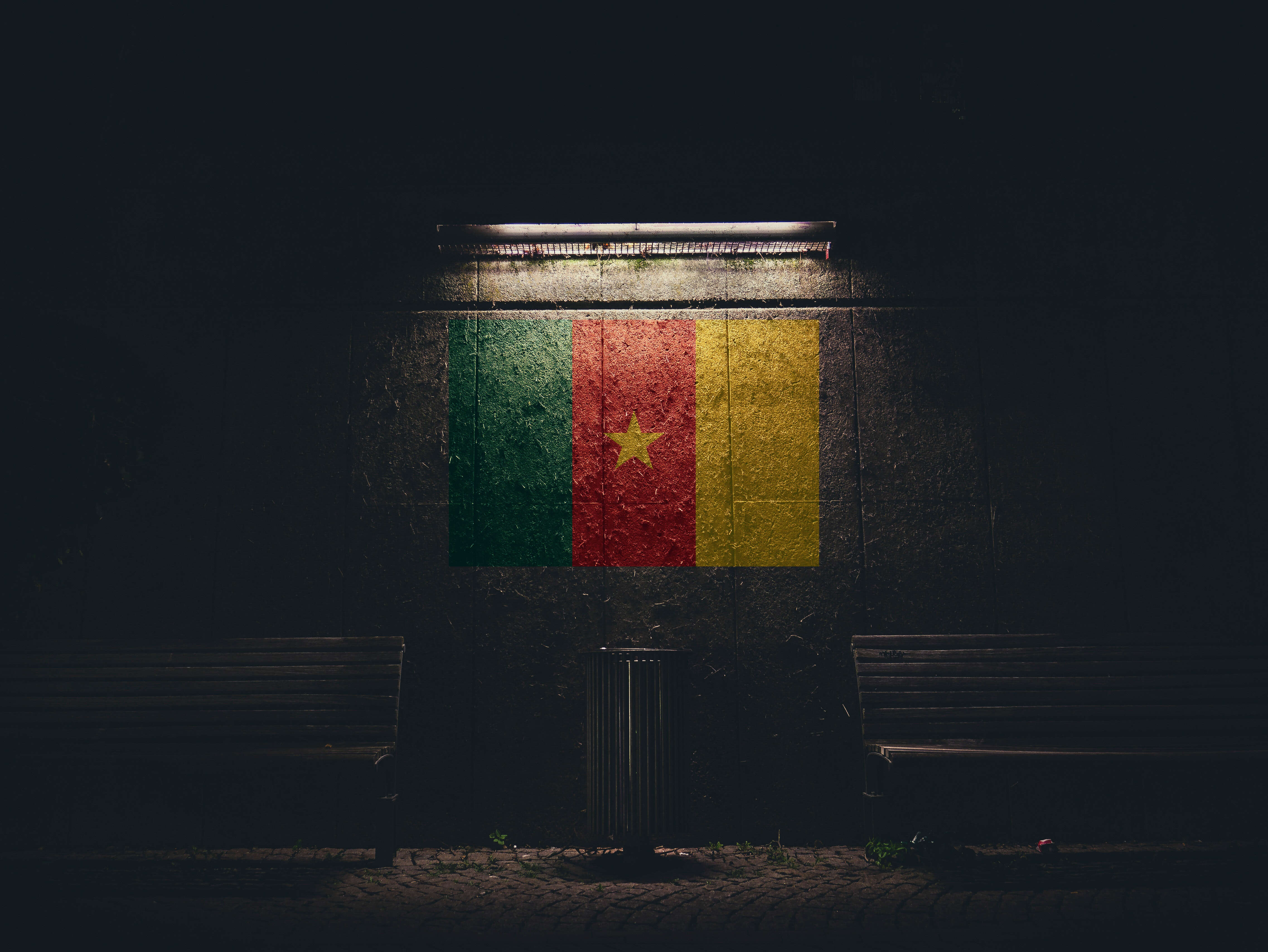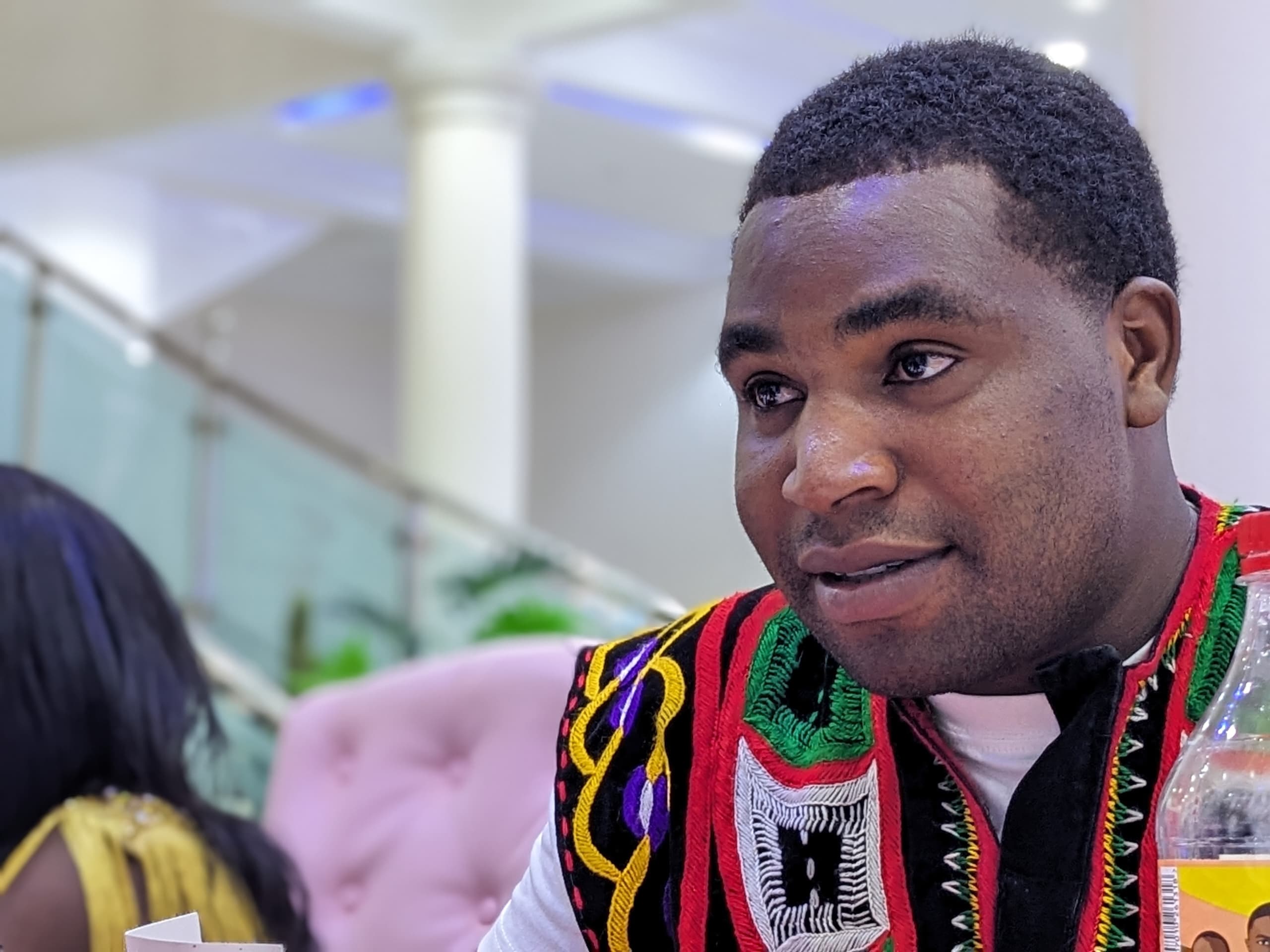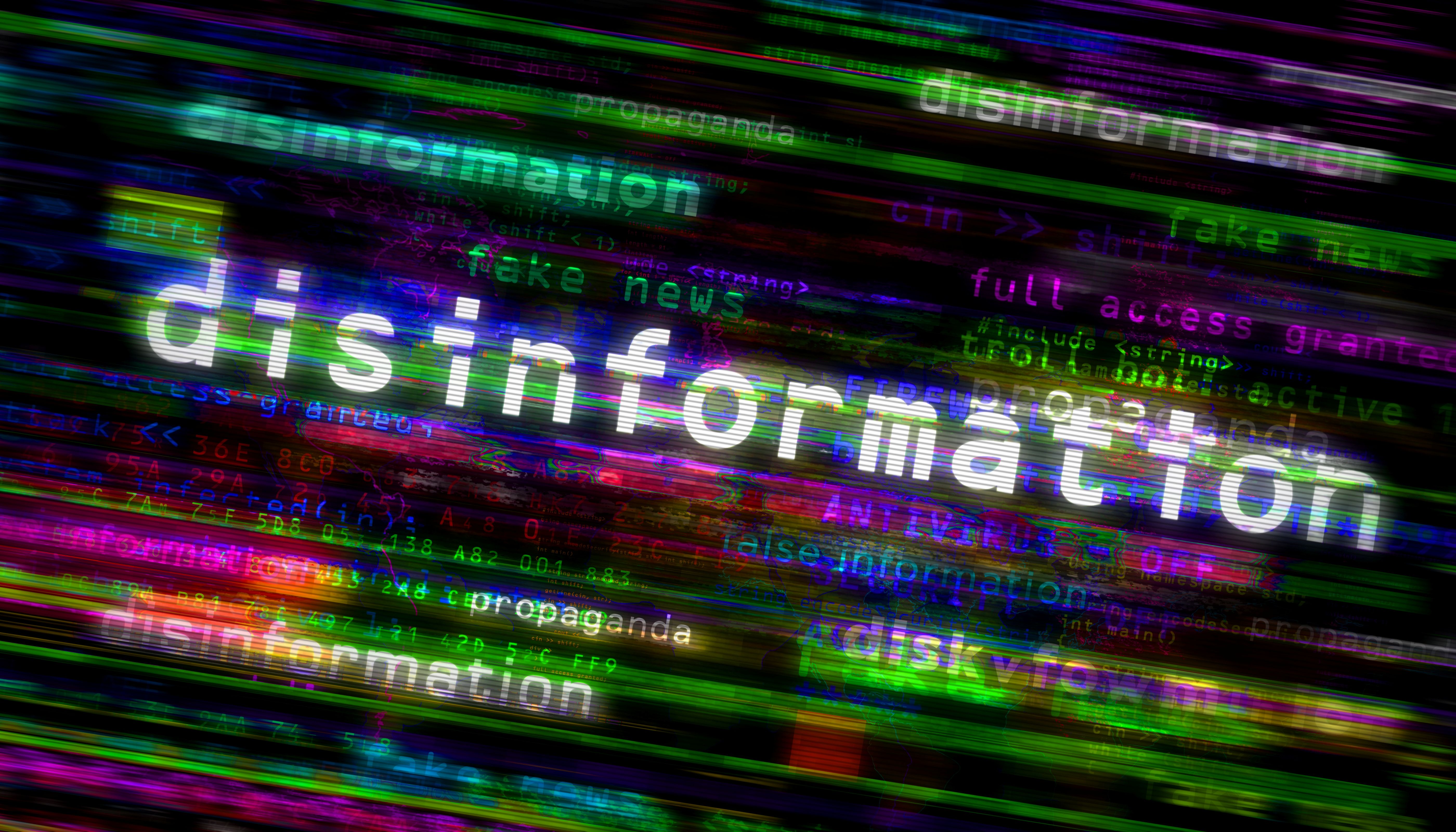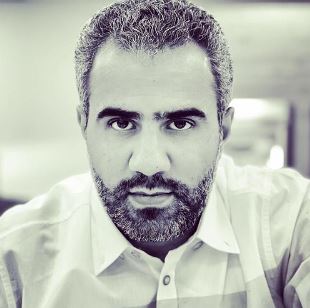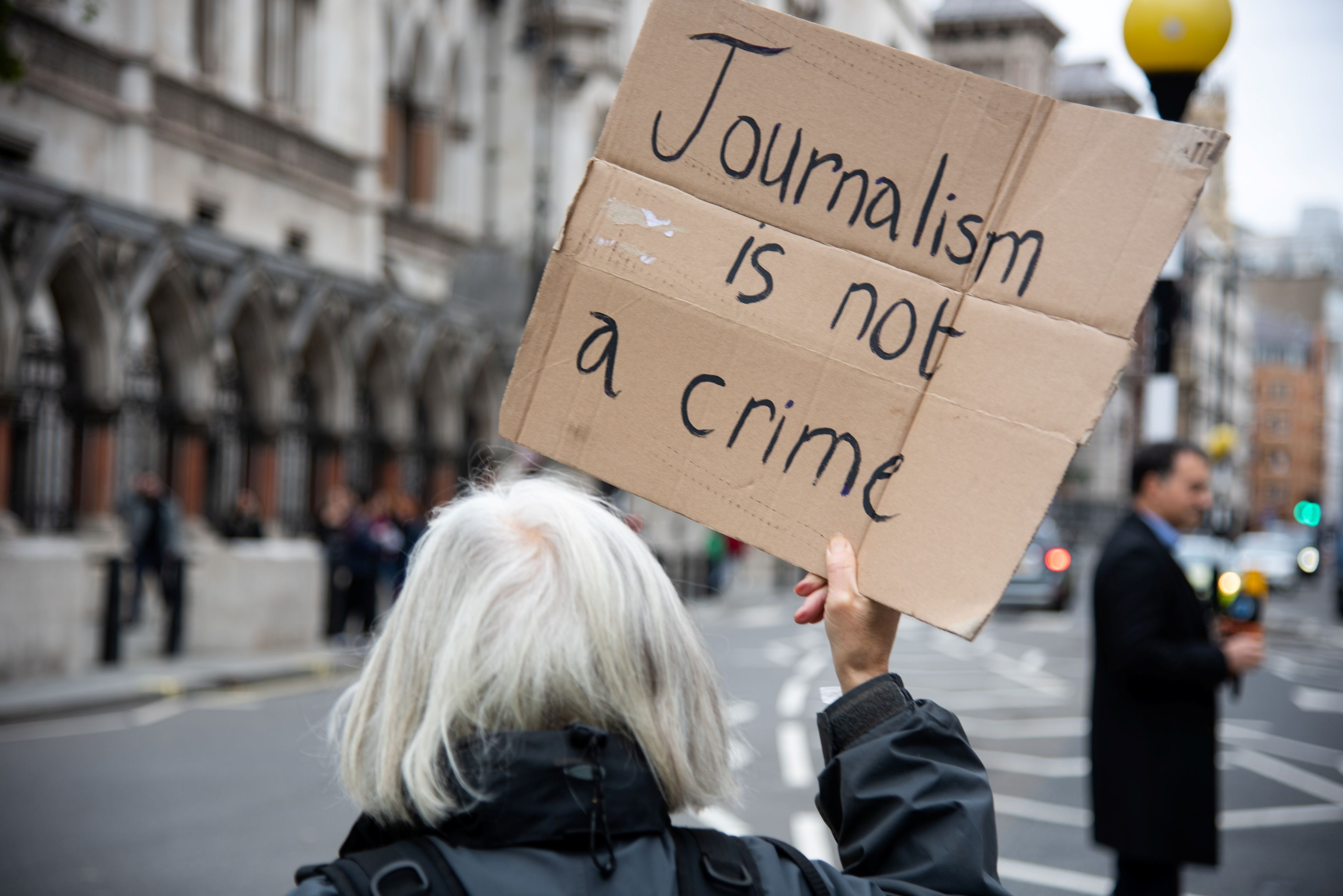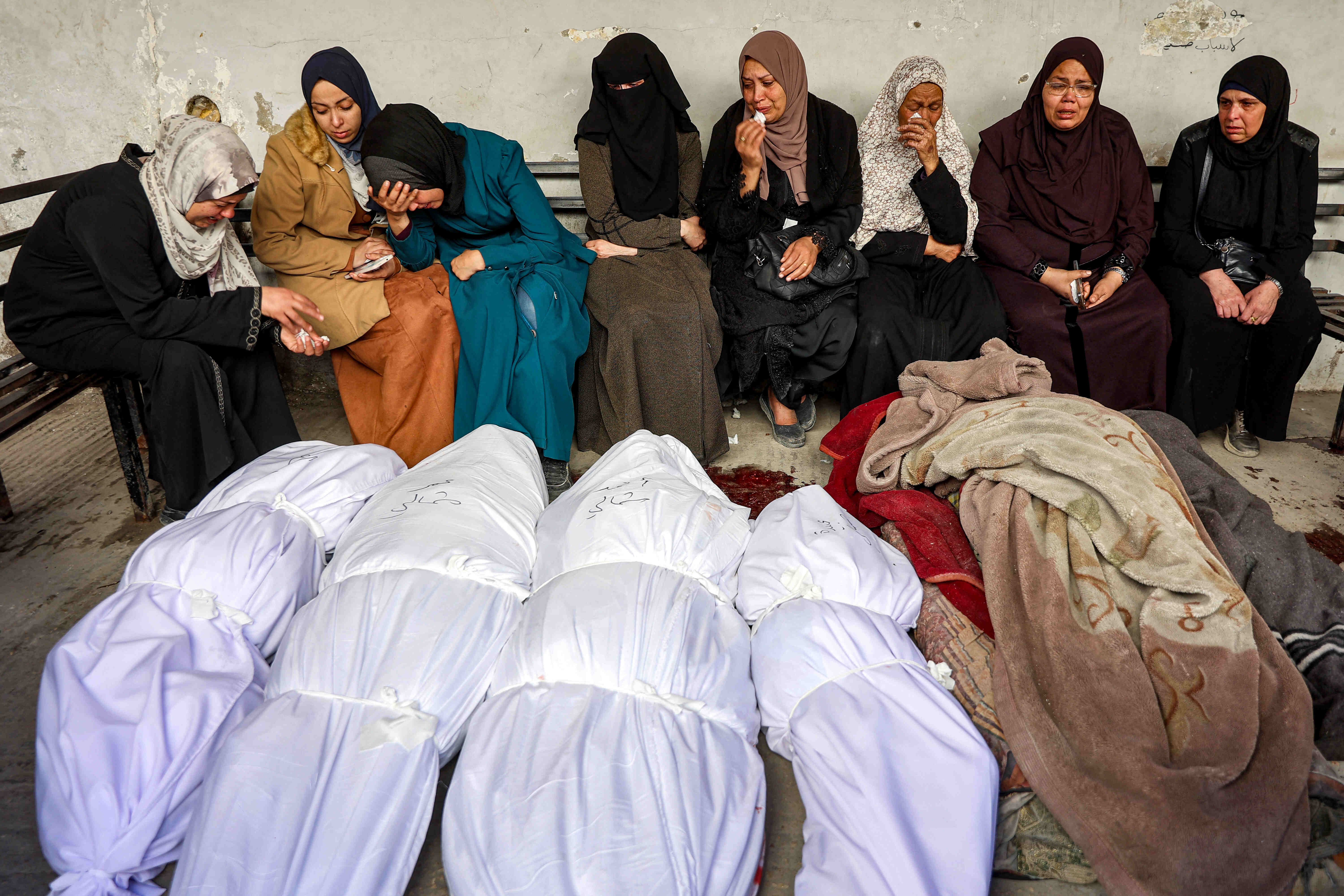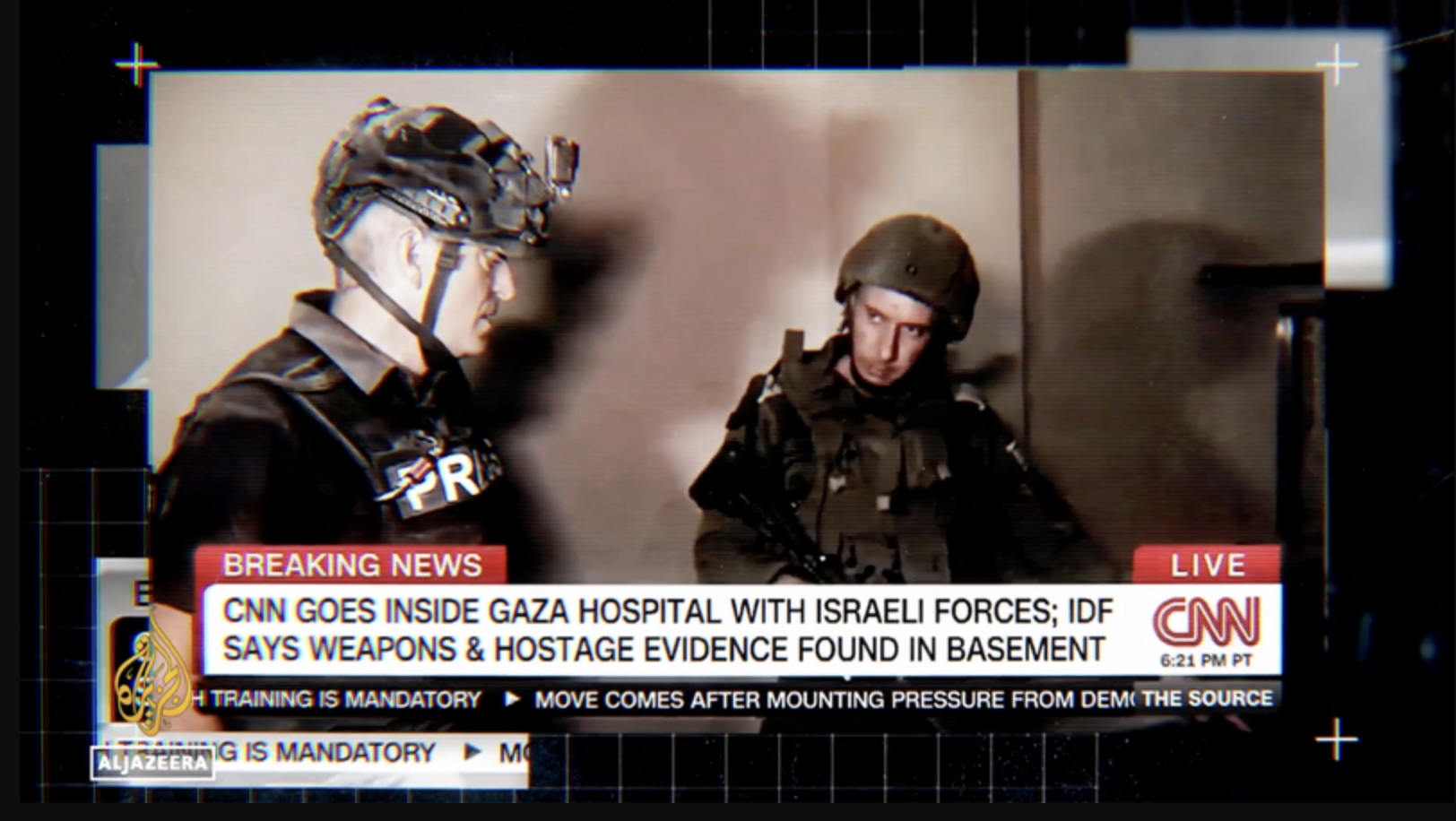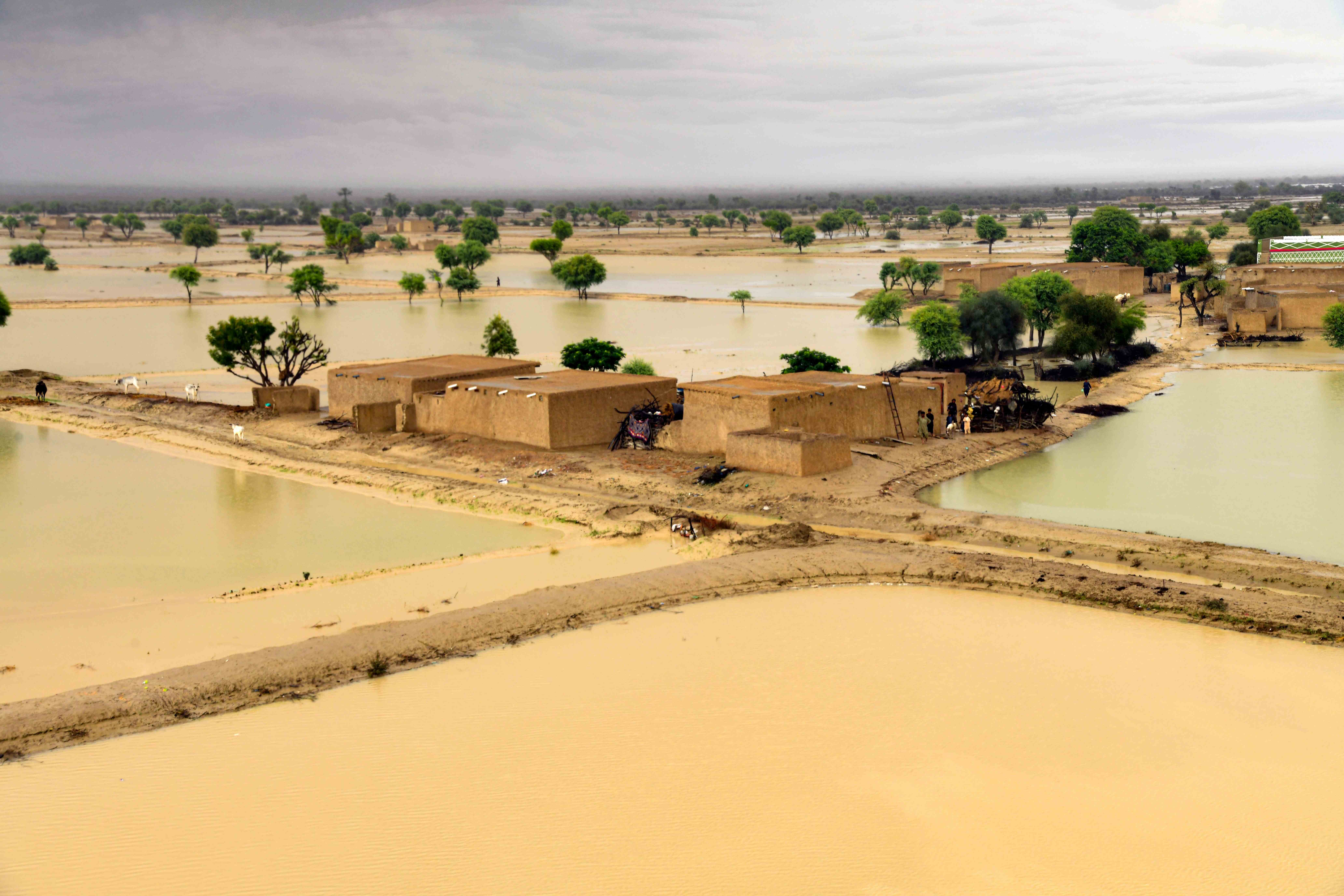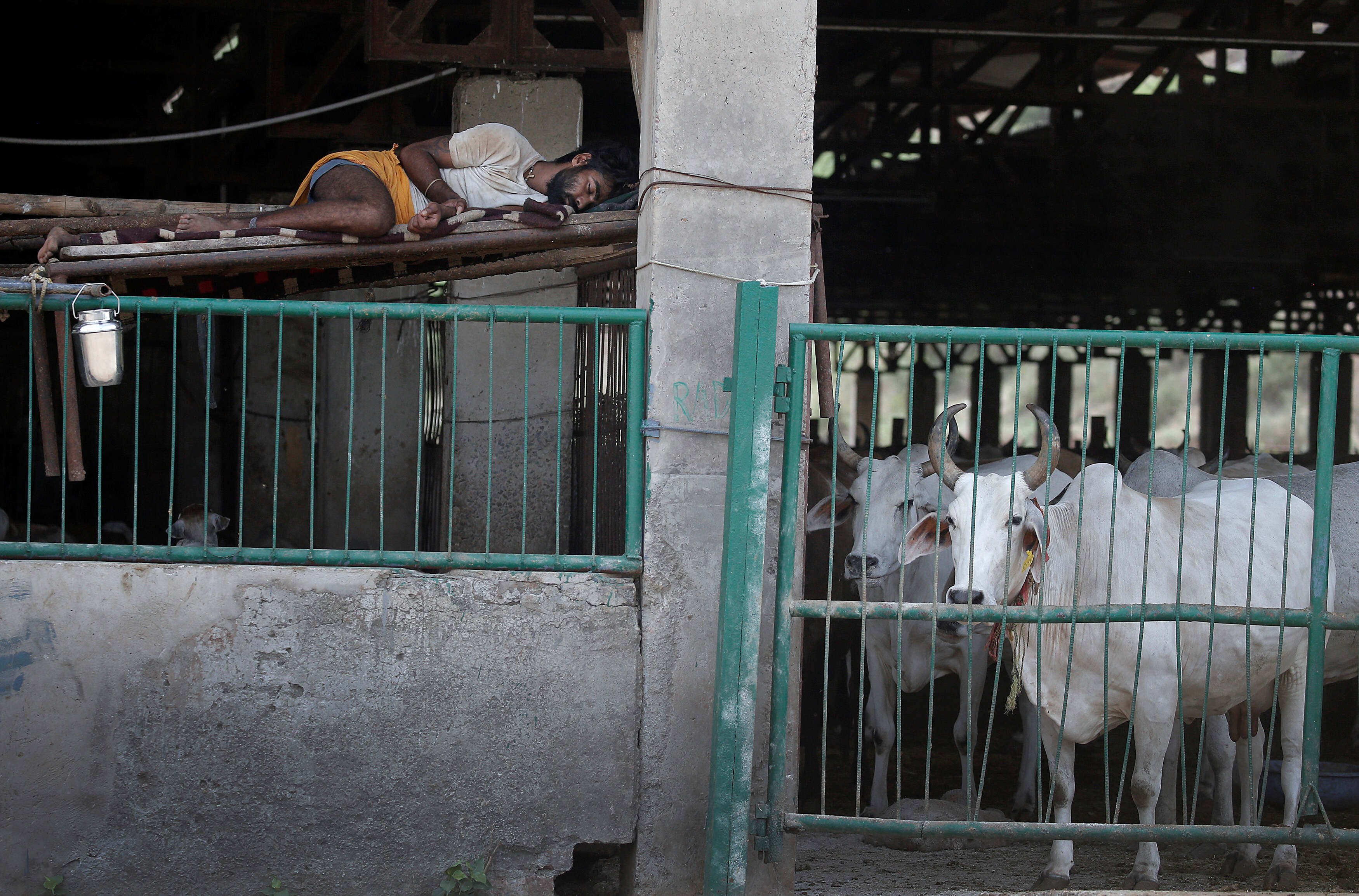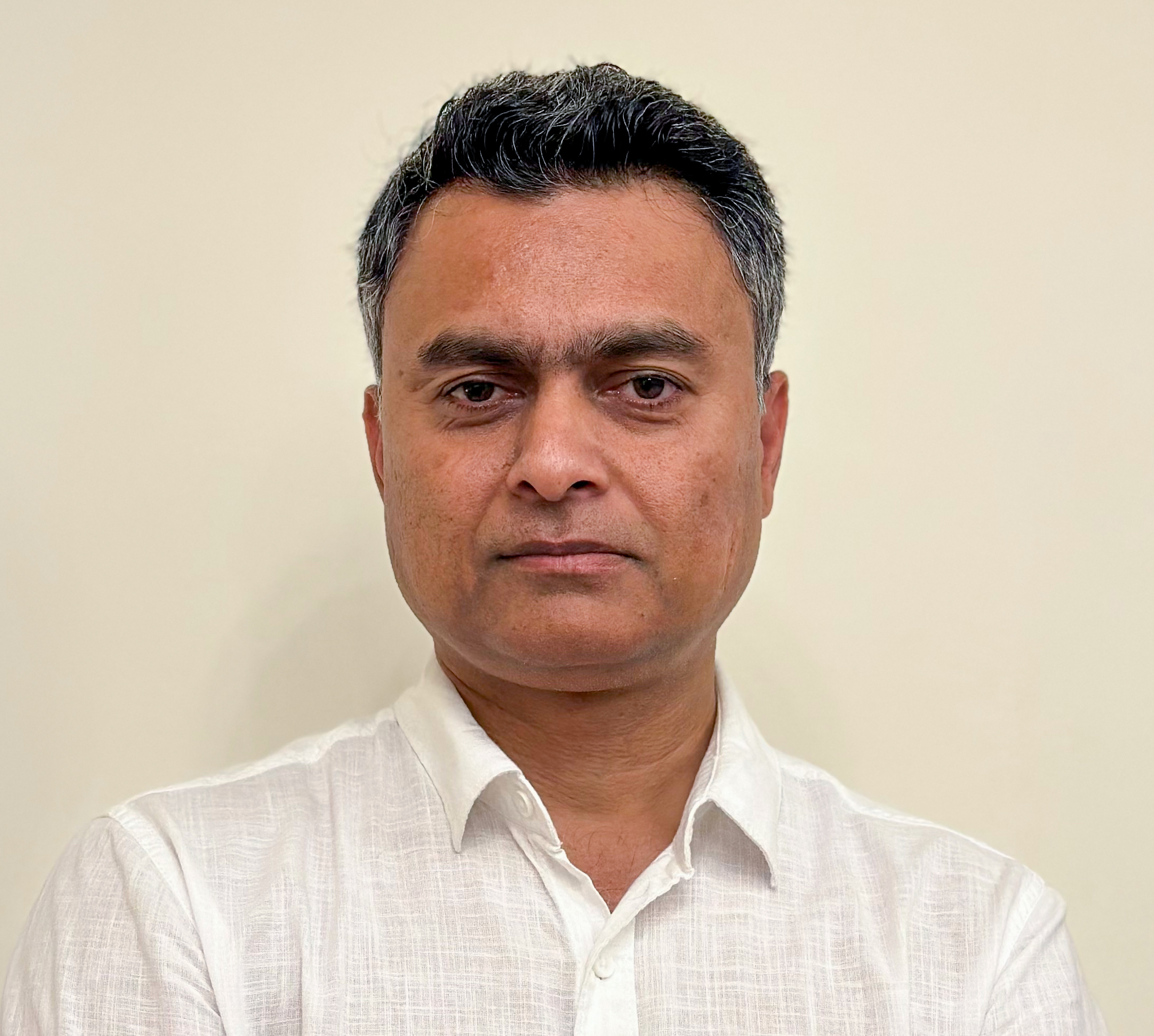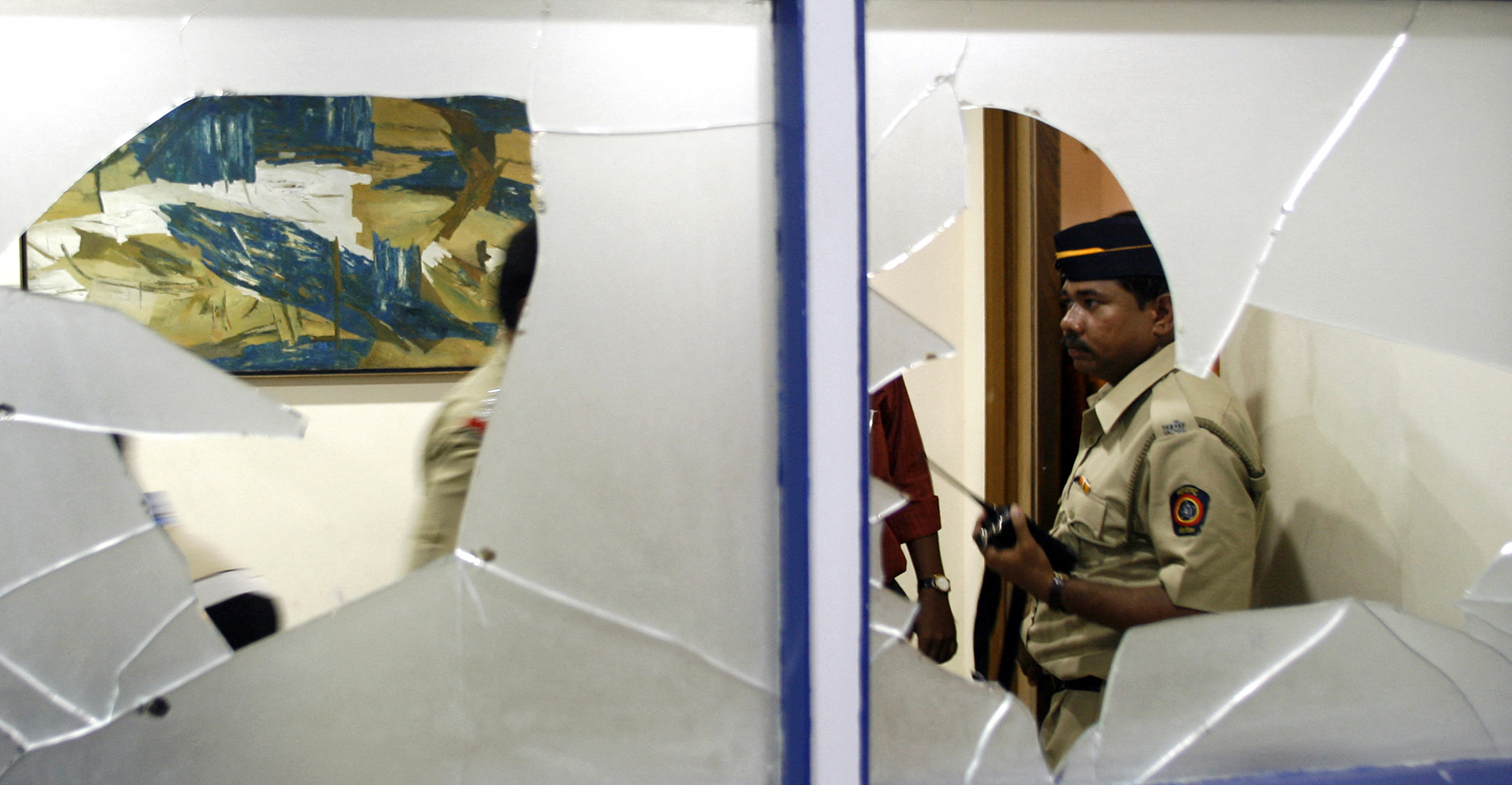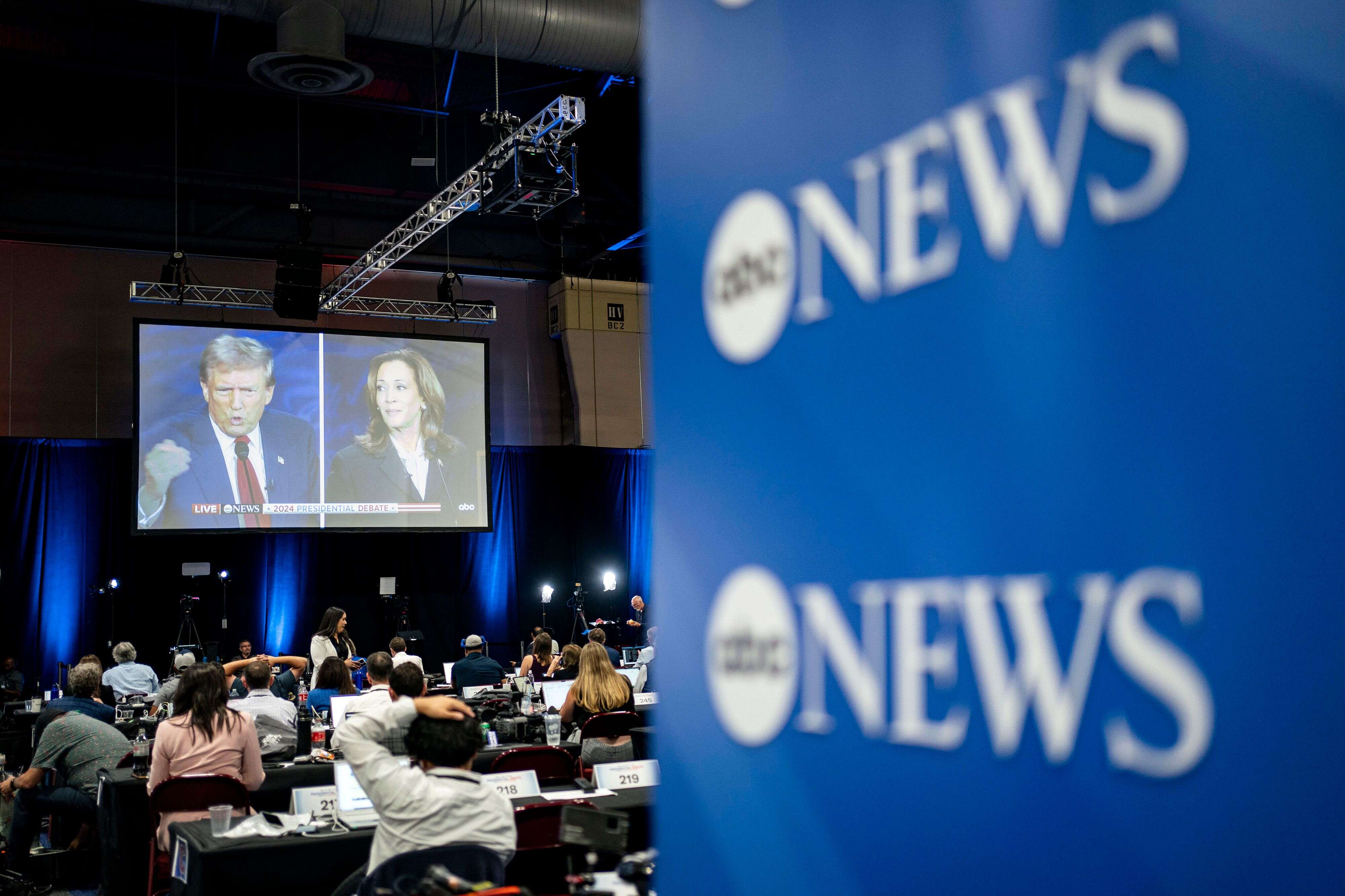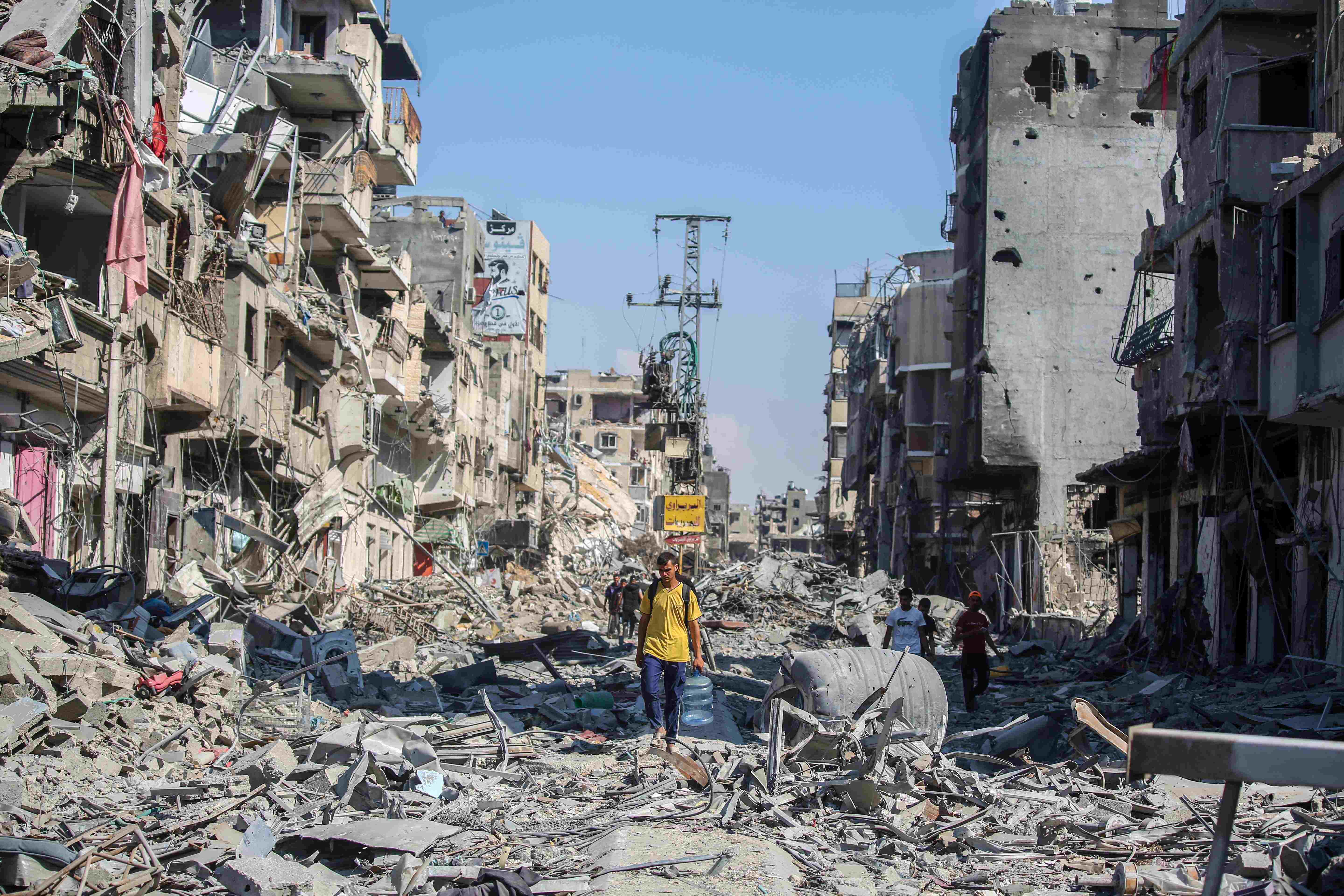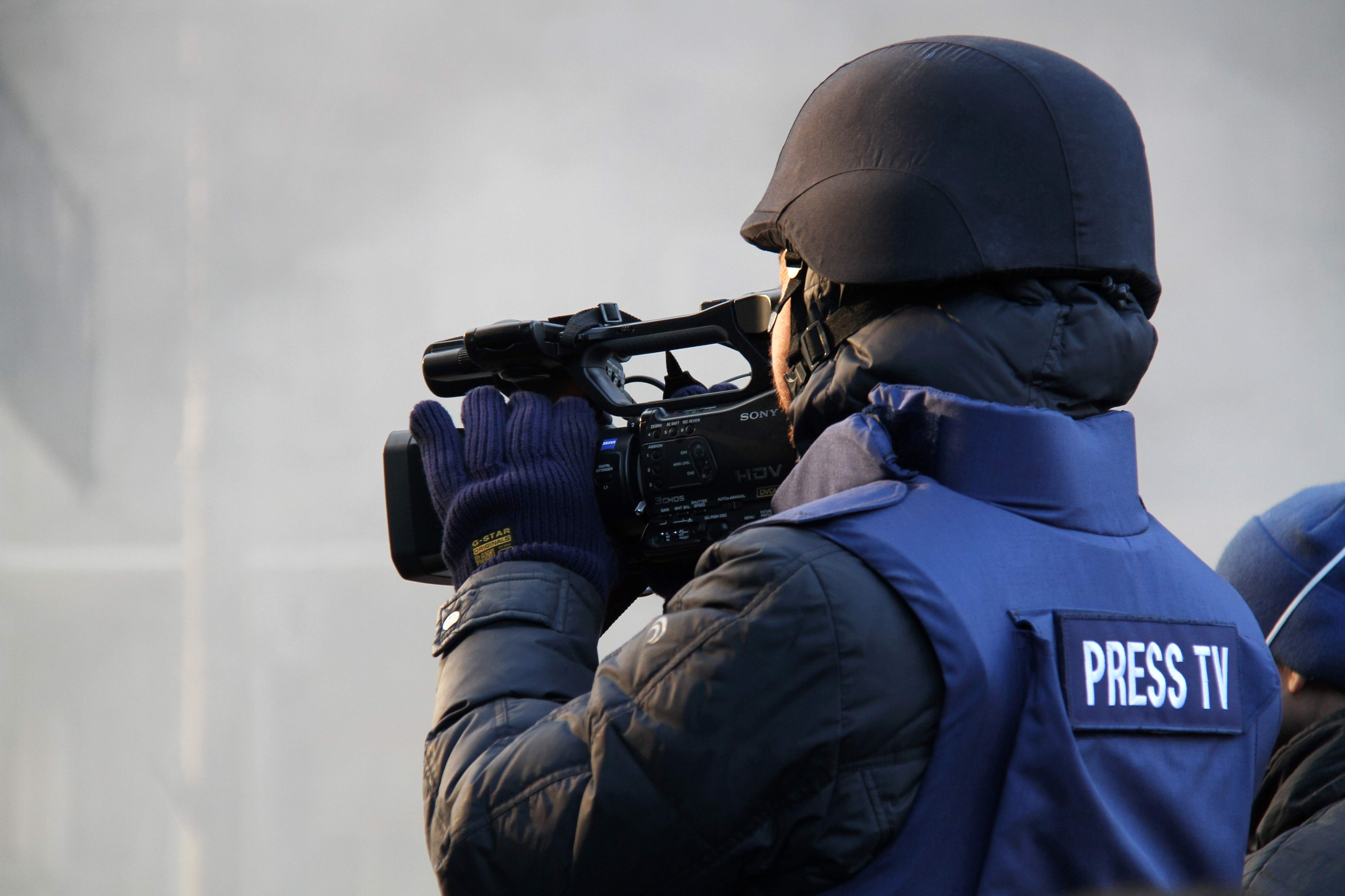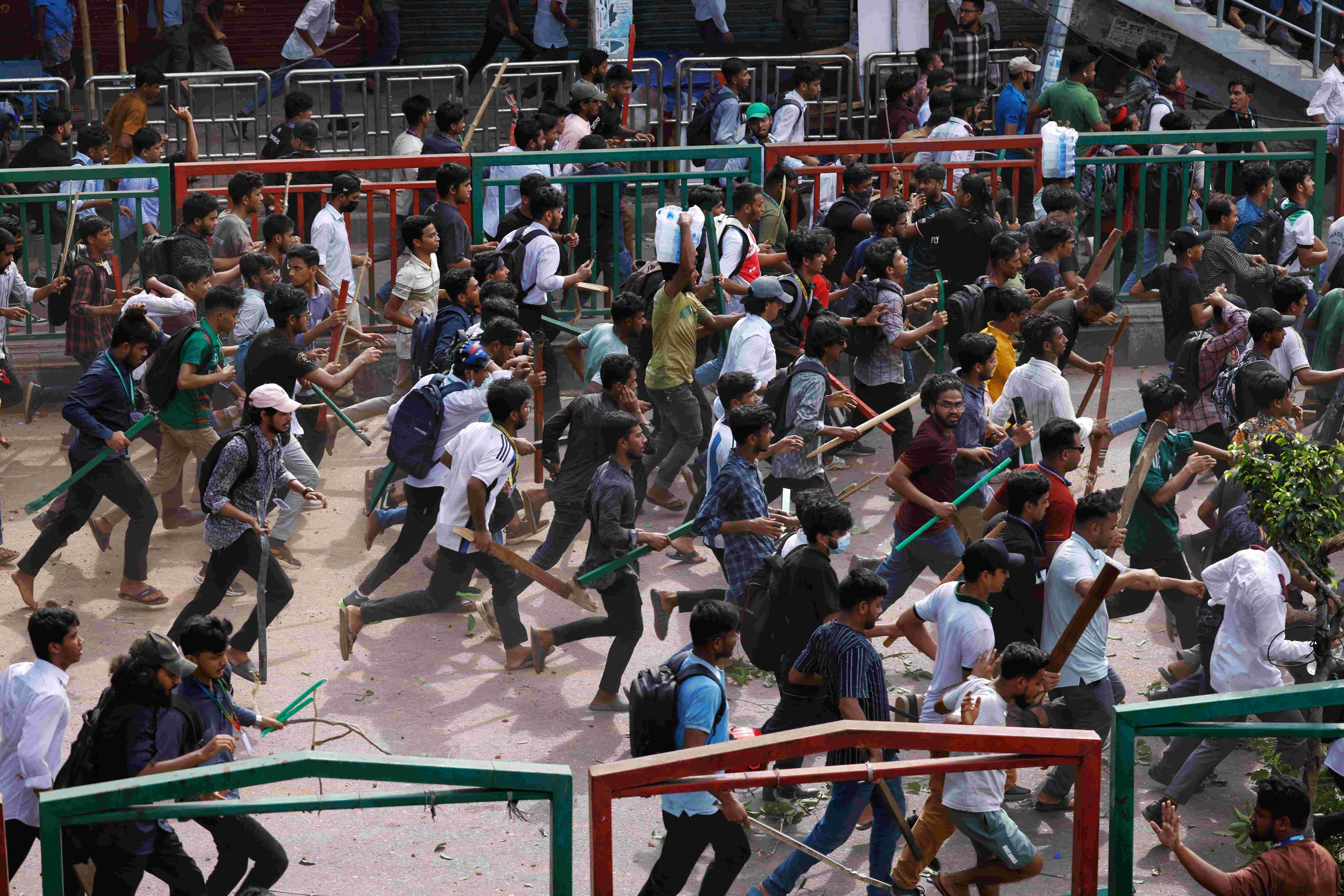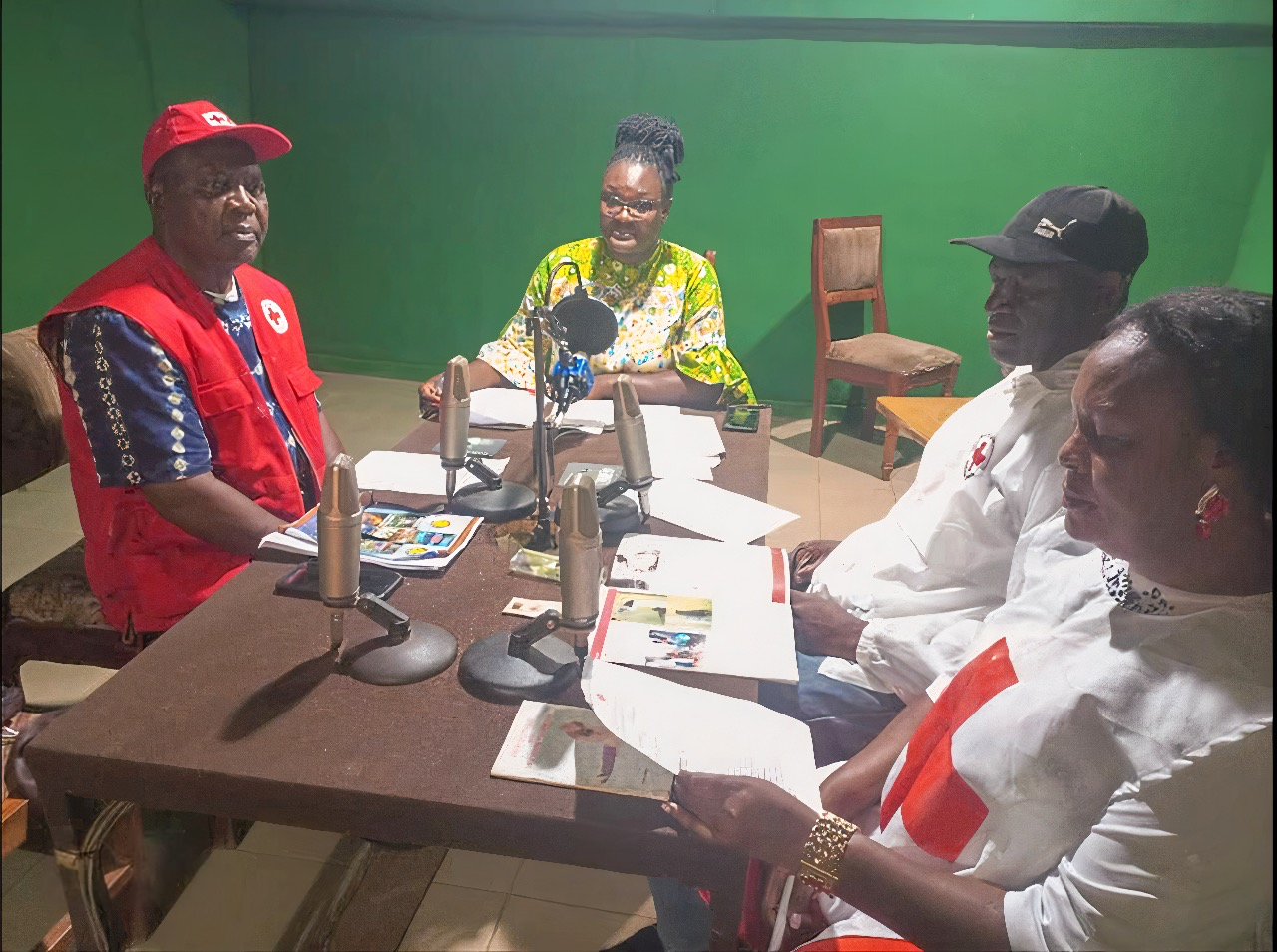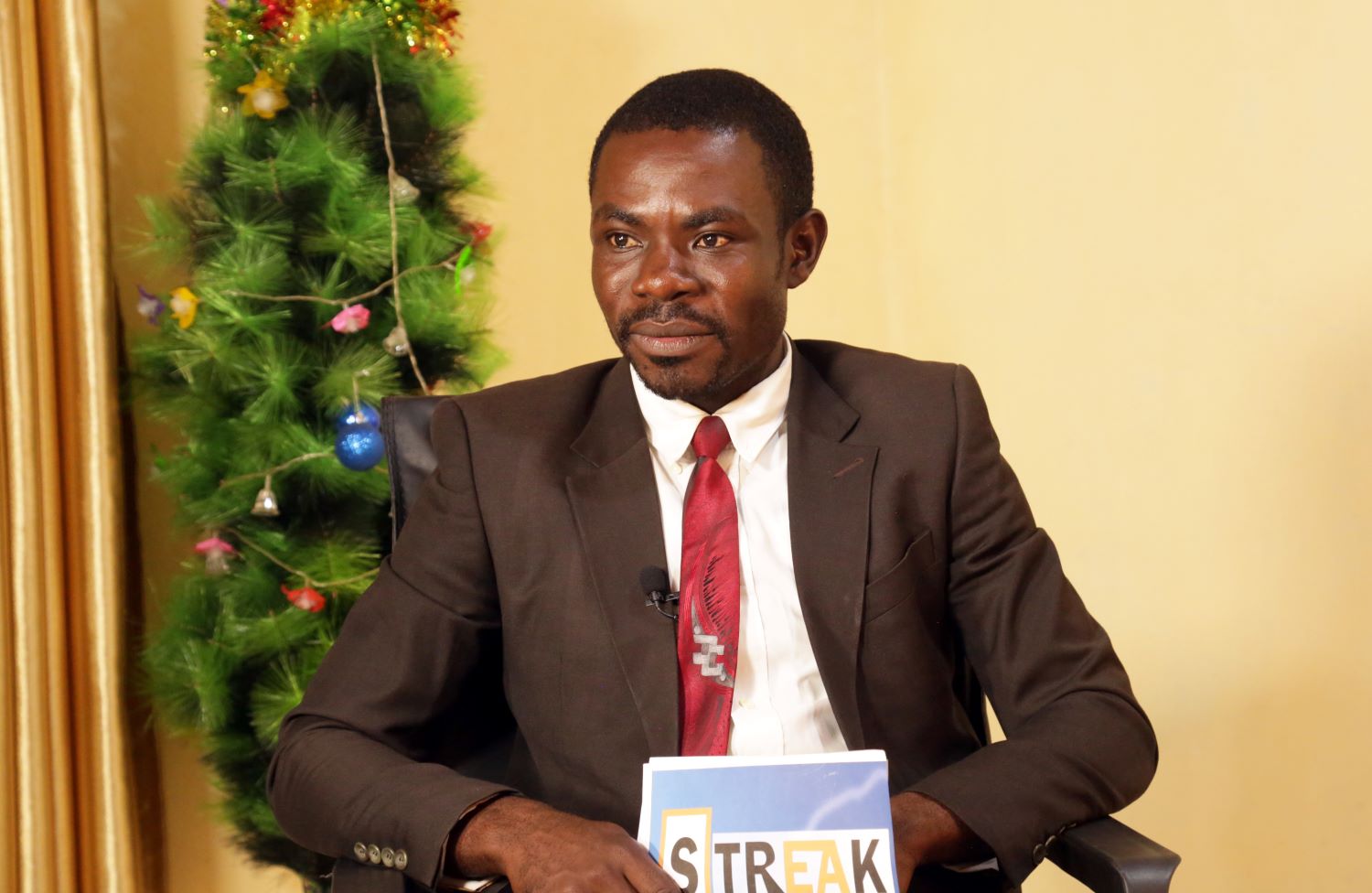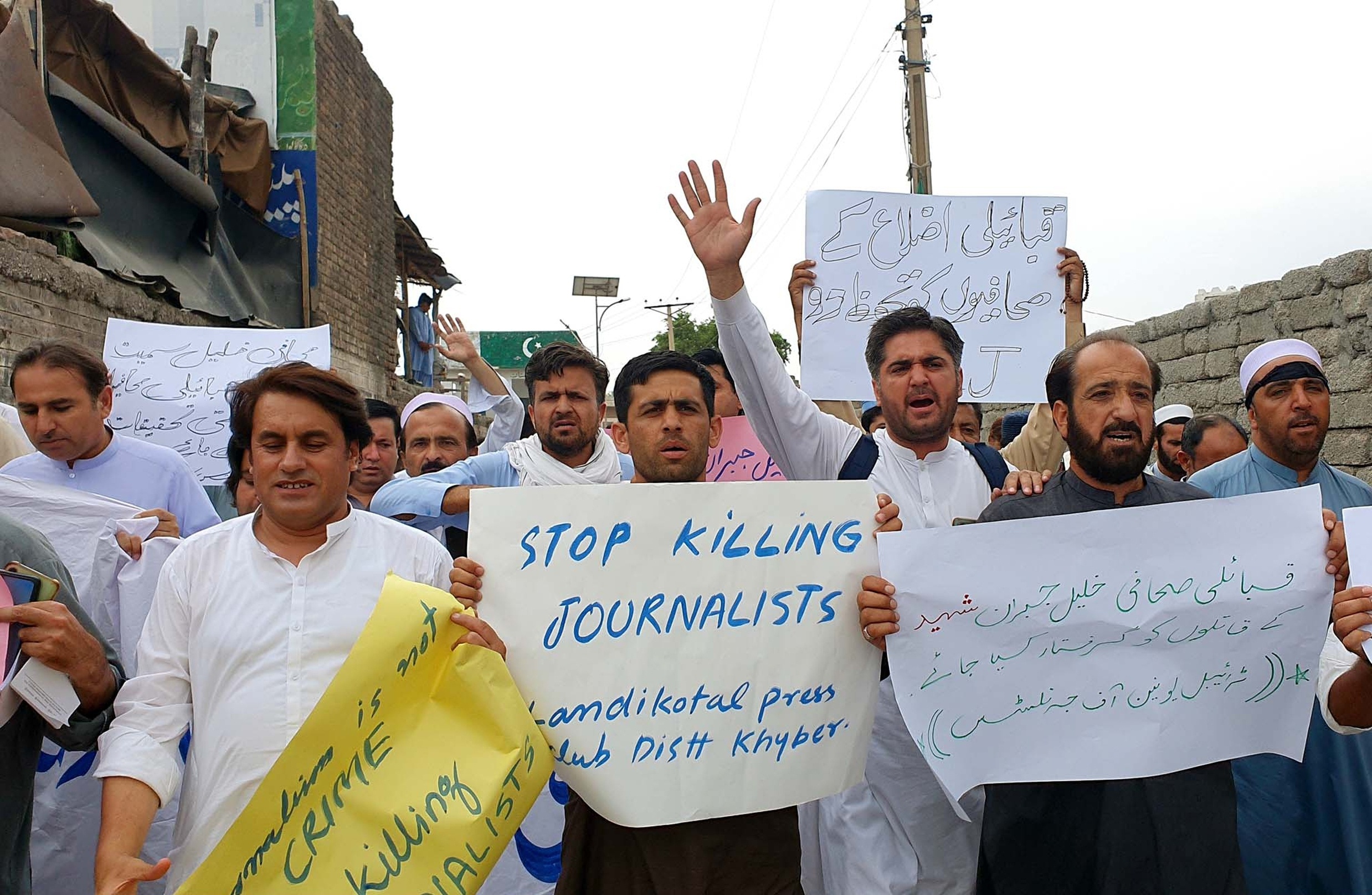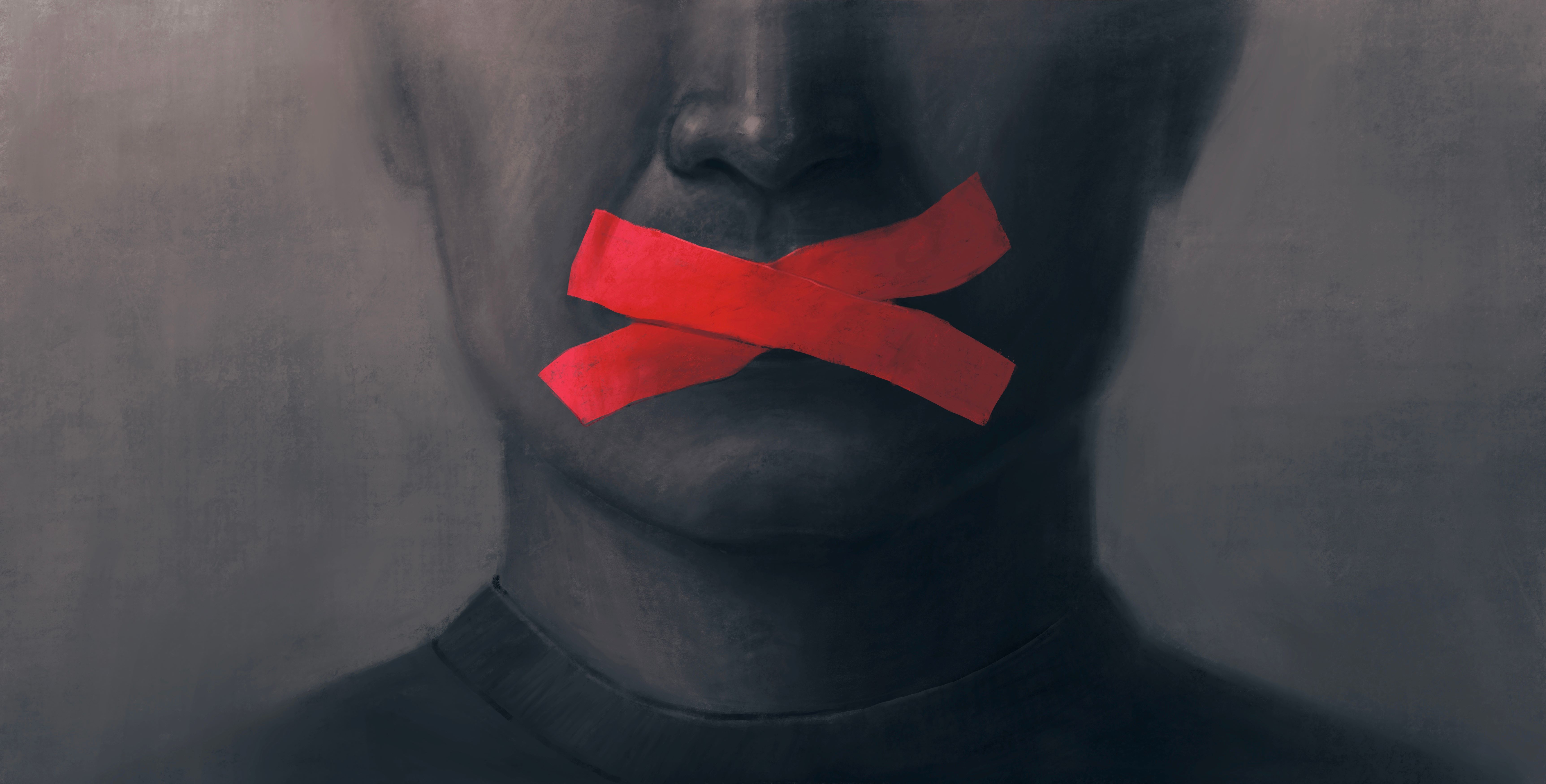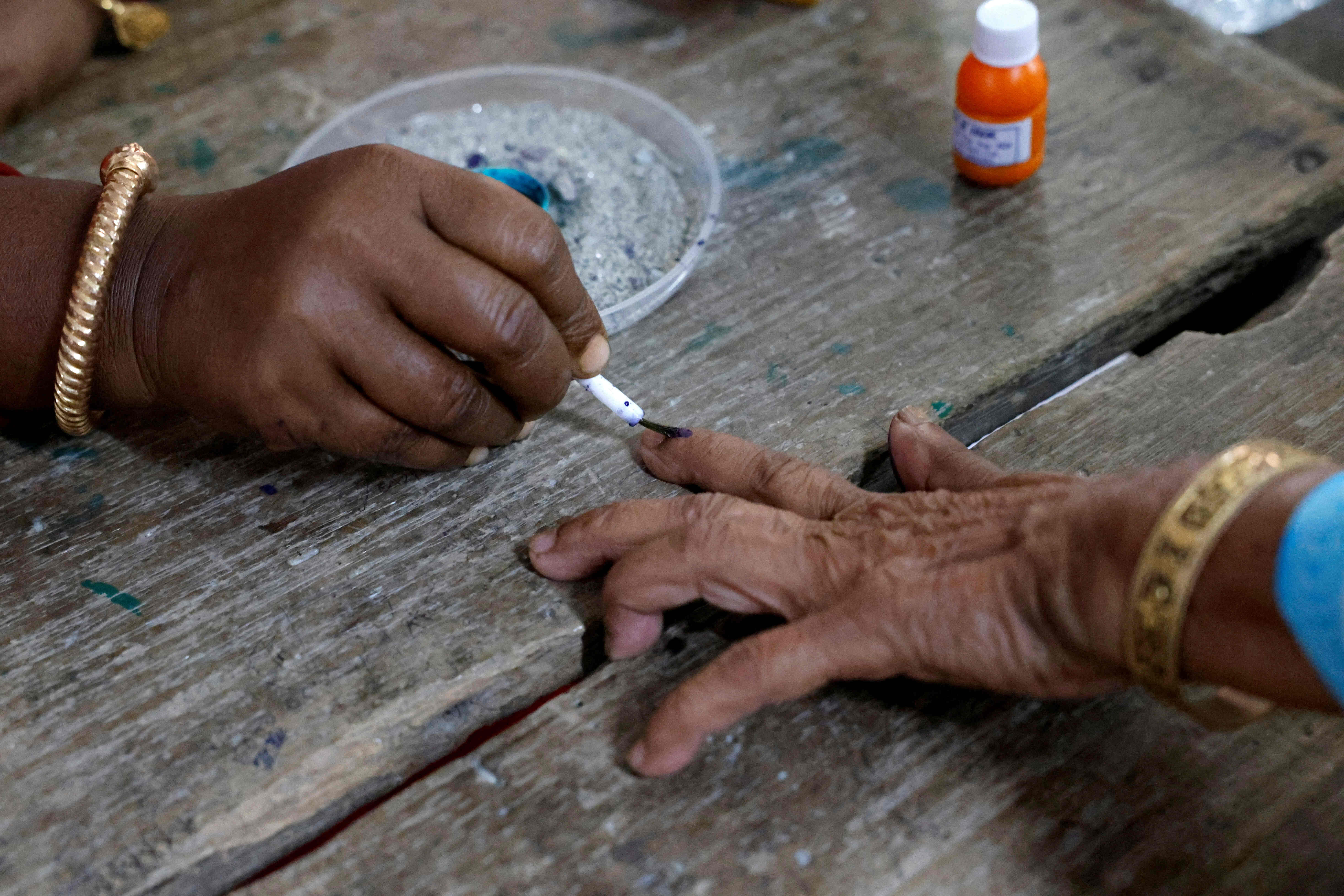This article was originally written in Arabic and translated into English using AI tools, followed by editorial revisions to ensure clarity and accuracy
Manipulation of information, intensive propaganda campaigns, and widespread disinformation were key features of the "narrative" battle that accompanied the war on Gaza. From the very beginning, the occupation sought to provide media cover for potential war crimes, but the work of fact-checkers exposed the foundations of its propaganda.
The military capabilities of both the Palestinian resistance and the Israeli army shape their field-level gains in the Gaza war. However, this alone cannot determine the outcome. A parallel battle of awareness and narrative significantly influences perceptions of victimhood and aggression.
If it were different, false narratives and incorrect information would not be propagated, and troops on the ground would not be required to record their results with a camera that follows them to the most hazardous fighting areas. Operation “Al-Aqsa Flood” and the Israeli occupation of Gaza massacres that followed it are among the most documented wars and the most misleading, significantly as deception and systematic falsification improve due to the rapid daily flow of news in various forms and formats. Videotaping wars from zero distance has been familiar since 7 October 2023. This type of documentation is the most effective at conveying information due to its proximity to reality and impact on the viewer. It also increases the risk of misinformation when it is exploited to spread false information, including misleading titles, events out of context, and incorrect geographical locations.
We can summarise the most prominent topics of the misleading narrative as linking terrorist organisations to the Palestinian resistance and Israeli claims that strip Palestinians of their humanity and justify attacks on them even inside hospitals.
If we look at the issue from another angle, video clips have also been used positively to refute lies by fact-checkers since the first victim of war is the truth, and at the same time, it is the most powerful tool. Distinguishing the truth from lies in this war is indeed a difficult task; the result has human and moral consequences. Therefore, most of the misleading narratives seemed to be accompanied by a strong plot based on complex manipulation methods, and what made the verification more difficult were the attempts to block the truth from reaching the public by some social media sites and the bias against the Palestinian cause in their algorithms that provide the appropriate environment for the spread of one narrative: the narrative of the occupation.
One of the misleading narratives that attracted the world’s interaction was the bombing of Al-Ahli (Baptist) Hospital in Gaza on 18 October 2023, which was broadcast live on Al Jazeera to the world. This prompted the Israeli authorities to quickly exploit the recording of Al Jazeera’s live broadcast to evade the crime and pin it on a Palestinian faction (the Islamic Jihad Movement), claiming that it was a Palestinian missile that failed to launch and fell on the hospital! Which we proved in an in-depth analysis to be a lie and a claim.
The incident was a great shock at first glance while spreading terror through warnings by the occupation army to bomb hospitals in Gaza as if there was some plot in directing this scene, especially since seconds separated the bombing from another explosion, which raised suspicions of our team at the agency, so we opened an immediate investigation into it using advanced techniques via open sources. We analysed the live broadcast clips and other broadcast cameras, the results of which confirmed that the central state agencies in Israel deliberately used misleading video clips to direct opinions regarding the misleading occupation narrative.
Later, the French newspaper Le Monde and the American New York Times analysis of photos and video clips confirmed the Sanad Agency investigation’s findings that the Israeli narrative of the 17 October massacre at Al-Ahli Hospital in Gaza, which killed hundreds of Palestinians, is false. We at Sanad Agency were able to prove that the Israeli narrative is false by showing that the missiles recorded by the cameras were not during the resistance’s barrages but instead before the hospital was bombed and intercepted by the Iron Dome.
The occupation army published another video clip showing the killing of four Palestinian fighters who it claimed were armed and exchanging fire with it, but it seemed that the scene was not well-crafted; it became clear to us that the individuals were unarmed and waving their shirts as a sign of surrender, and the prisoners later appeared kneeling on their knees in response to the Israeli soldiers’ orders.
Systematic Emotional Discourse
In times of severe necessity, emotion-laden information is believed. Official Israeli media used an emotive speech at the start of the conflict following the Palestinian resistance assault on 7 October 2023 to propagate false charges. This was part of a disinformation campaign that spread by claiming that the Palestinian resistance beheaded 40 children when it stormed Israeli settlements during Operation “Al-Aqsa Flood.” An Israeli soldier (Nicole Zedeck) confirmed the claim in an interview with a correspondent for the Israeli channel i24, repeating it until it spread quickly, but was forced to disavow it after harsh criticism for the lack of evidence. Despite its falsehood and their reporters’ lack of ground footage, international media outlets hyped the narrative. Later, US President Joe Biden repeated this deception before acknowledging that neither he nor his administration had seen the images.
In this context, several systematic and targeted disinformation campaigns were conducted on the masses according to language and style of discourse through official Israeli channels, most notably Israel in Arabic, the State Account (Israel), and the Israeli Ministry of Foreign Affairs. They aimed to exploit the public’s emotions and inflate the information war battle by any means at the expense of the truth.
During the intense waves of disinformation, misleading contexts were observed from time to time, as video clips were spread on old dates and in other countries not related to the war in Gaza, with claims linking them to it, which were repeatedly posted on the social media accounts of celebrities and influencers.
When Old Clips Return to the Forefront Again
Another type of disinformation is the circulation of old photos and videos as if they were related to the war on Gaza, even though many of them were not related to the Palestinian-Israeli conflict in the first place or were not accurate, such as clips from the video game “Arma 3”, which were widely used in the context of clips of the war on Gaza.
One of the most widely circulated images was of a person wearing a white shroud sitting on a chair holding his phone, and it was published with misleading claims indicating that scenes of corpses in Gaza were faked. After the image was widely circulated and verified, it turned out that the image was from Thailand, not from Gaza, and had nothing to do with the description attached by Israeli accounts. It was published in October 2022 as part of a Halloween celebration in a mall in the Thai city of Nakhon Ratchasima.
Artificial Intelligence as a Party in the Battle
Perhaps one of the questions that has occupied the minds of many – with the emergence of the uprise in artificial intelligence tools – is whether we can trust photographs and consider them authentic images of the story, as happened with an utterly fake image created by artificial intelligence of the remains of dozens of soldiers with the Israeli flag and their weapons, which was circulated by users with news indicating the killing of Israeli soldiers as a result of the intensity of the American bombing of Gaza, according to the circulated claim.
This danger is still increasing, and with the manipulation of artificial intelligence tools in the images, many influencers and their followers have fallen into the trap of circulating them. The danger of these images lies in the difficulty of distinguishing them, which may require an expert in fact-checking. The images are often not previously circulated—originally created—which gives their circulators an opportunity with each sharing process to further interpret the image.
With the manipulation of artificial intelligence tools in the images, many influencers and their followers have fallen into the trap of circulating them. The danger of these images lies in the difficulty of distinguishing them, and they may require an expert fact-checker.
This war has taught us how important it is to have an expert team in open-source verification in newsrooms, given the difficulty or even the lack of access to the image from correspondents on the ground on the battlefield, which media organisations such as Al Jazeera, The New York Times, and others have understood for years.
